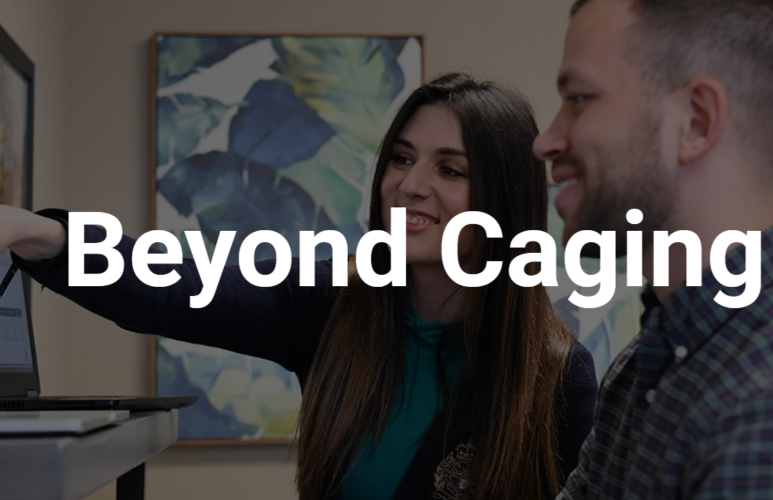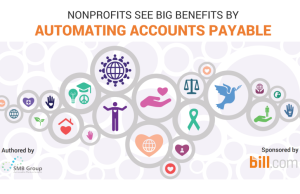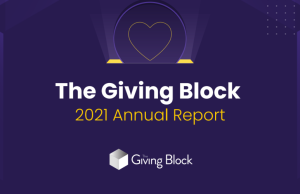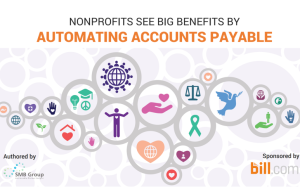Donor retention begins with donation processing. Yet some organizations have faced horror stories about extreme lag in caging and processing. Sometimes a process that should be 24-48 hours is taking weeks.
As this white paper from Aegis Processing, a Moore company, shows quick, accurate caging is vital. Our research found one organization has lost $3 million in donor value because of slow caging. That’s just in year one.
You want to get donations quickly to work at fulfilling your mission. You also want to thank supporters effectively and quickly to retain them. Beyond that, getting data into your system quickly, accurately, and comprehensively is vital. Otherwise, you miss months of opportunities to get a second donation or important cues on whether someone will donate again. Since someone who donates again in year one is 39-59% less likely to lapse down the road, this is vital time slipping through the hourglass.
That means there is clear value in effective response management. You can improve donor experiences and bring together the oft-frayed ends of an omnichannel program. Or you can create incredible harm if response management isn’t fully integrated into your supply chain: not just delays in getting money, but decreased response, donor satisfaction, and retention.
This white paper is for you if you’ve suffered the challenges of slow caging. It’s also for you if you want to improve your modeling and donor retention. For example, did you know that a donor who puts a stamp on a BRE is significantly more likely to stay with you for the long term? If your cager is throwing away your envelopes, you are also throwing away this vital information.
In the white paper, you’ll see a crawl, walk, run strategy to improve response management. It starts with increasing the speed of your response operations, then better integrating response management into your direct marketing flow, and ends with how including oft-forgotten cues can give you better pictures of your donors.
We hope it’s helpful!










